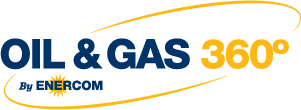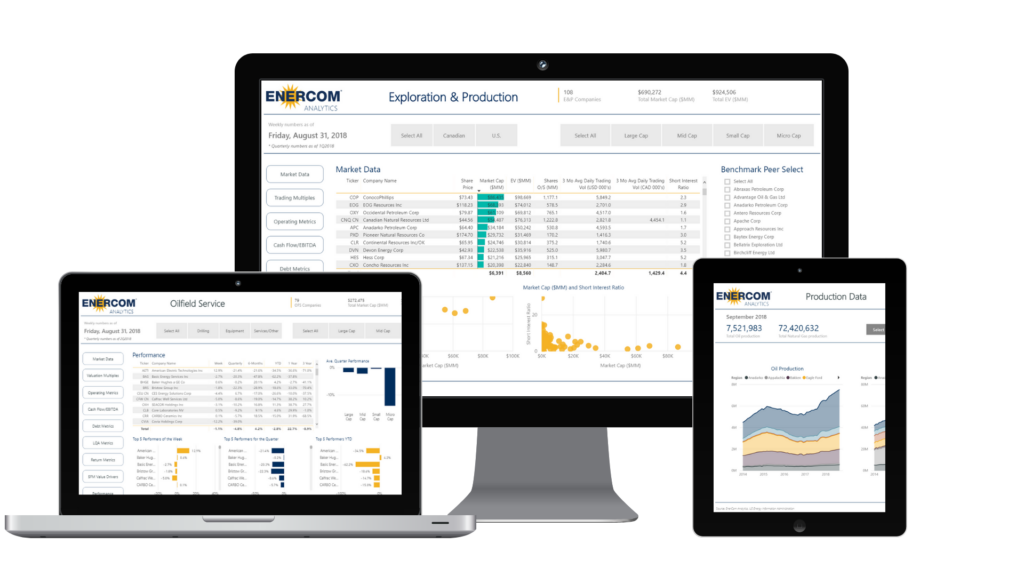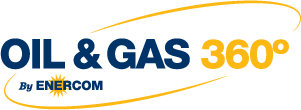E&P Analysis from Stephens Inc. after EnerCom 2016
Investment Conclusion
As we expected into 2016, commodities appear to be operating within a tighter band (higher floor, lower ceiling) and resulted in E&P companies at EnerCom: 1) reiterating flexible CapEx programs, 2) increasing focus on well optimization, and 3) capitalizing upon OFS pricing weakness. In general, activity in 3Q is set to move notably higher vs. 2Q as confidence in higher spending results in increasing rigs and frac activity in U.S. Land. After looking into details of rig count trends, speaking with companies and attending EnerCom we are raising our top line 3Q ests for U.S. land offerings, but see growing risks for 4Q/exit rate levels as budgets get tested and oil prices appear vulnerable. Our 2017 outlook remains with a similar YE16 exit point, but 3Q looks to accelerate our 2H growth assumptions – and quite possibly – into one quarter. Specific call outs and stock ideas are below.
Key Points
Estimate Revisions, PT Changes. We are updating estimates for names with U.S. Land exposure ahead of upcoming updates given our revised outlook for ~15% q/q increase in 3Q16 avg. rig count vs. ~5%-7% previously. We believe Companies will use the opportunity to “talk up” 3Q revenue levels at upcoming conference presentations. Pages 9-16 show our estimate changes and page 3 shows our price target revisions (Increased PTs for BHI, HAL, SLB, SPN, FTK and SLCA, Decreased PT for PKD).
● We now model horizontal rigs to be up ~13%, with horizontal gas rigs down ~2% and horizontal oil rigs to be up ~16% versus 2Q levels. Vertical/directional rigs appear to be trending up ~16% from 2Q. We see completions oriented activity outpacing rigs by 200-400 bps, and consumables, specifically sand, outpacing by 300-500 bps. As a result of activity increases, we also acknowledge the potential for 4Q to be flat (or even down) q/q as oil prices are likely to remain volatile and a recent breakdown in crude under $50/bbl could shift activity and motivation of some operators (90 days from crude breakdown under $50/bbl will be early Sept). We believe U.S. Land budgets, (based on our cash flow analysis) have bias lower versus current levels in a <$45/bbl level, can be flat to slightly up in a $45/bbl-$55/bbl world, and will meaningfully increase >$55/bbl, providing extreme estimate volatility in the near term. We see offshore budgets drifting lower into 2017 as legacy contracts roll into lower spot day rates and terminations continue. We view international budgets potentially moving higher into 2017 as 2016 levels were funded in a $35/bbl-$40/bbl Brent complex.
● Sentiment remains positive for U.S. Land and very negative for anything offshore. Based on inbound activity, generalist investors continue gravitating towards top line growth in U.S. drilling/completions companies and sand providers while awaiting pricing power to move higher. There seems to be a narrative (likely premature) that labor and equipment supplies are running out. We suspect sector specialists are playing the momentum, but lack conviction in oil prices and OFS pricing.
EnerCom Takeaways

• E&P Budgets To Remain Volatile. Language across producers maintained that spending would be fit to cash flows (commodity prices), which we expect will remain volatile in a $35/bbl – $55/bbl range for oil and $2.00/mcf – $3.00/mcf for gas in the foreseeable future. The high end of our commodity range produces cash flows ~2.5x greater than the low end, and there is ~45% upside/downside to our base scenario of $45/bbl and $2.50/mcf (Figures 3 and 4). Thus, we expect that operators’ spending programs will be highly flexible and able to expand rapidly but also have the wherewithal to survive in current conditions (Figure 5).
• Heightened Focus on Optimizing Individual Well Completions. Well designs continue to favor longer laterals with higher completion intensity (sand, custom chemicals, stages, etc.). Anecdotally, one Co. has increased its sand loadings by 94% on avg. over the last 18 months (Figure 6) and another Co. has increased its 2016 planned lateral lengths by ~30% vs. 2014 designs (Figure 7). We see risk in that commoditized service offerings may not have the pricing power expected at these levels, setting up valuation/multiple risk. Despite sand volumes increasing dramatically we see little room to increase pricing at this stage given competition and regional provider market share wins.
• OFS Pricing Pressure Expected to Persist. As E&Ps tout the ability to generate very positive ROI’s at current commodity prices for the near/medium term, one of the key implications driving these forecasts is the expectation for service pricing to remain lower for longer. This is evidenced by the trend toward larger wells with longer laterals/greater proppant loads, and production growth achieved through lower capital investment in a challenging commodity environment. Additionally, some E&P companies indicated we may have found a bottom in service pricing; however, similar commentary was made at EnerCom 2015 highlighting that visibility into pricing recovery remains cloudy and competition remains robust. We also note, well economics are significantly dependent on the current pricing dynamic, so higher well costs without crude moving structurally higher could result in more vertical integration of E&Ps, or result in a deterioration of breakeven economics in U.S. Land, thus risk for demand destruction of services.
Updating Our NT Rig Count Outlook
• 3Q to See Higher Top Line Growth… As we present in Figures 21-23, horizontal wells are on track to be up ~13% q/q as oil hztl. rigs are on pace to climb 17% and gas hztl. rigs to decline ~2% from 2Q levels. Frac spreads have been added as oil climbed above $45/bbl-$50/bbl contributing to 3Q, above our prior revenue expectations. Vertical and Directional rigs could experience a strong percentage growth of 17% vs. 2Q levels, but we point out, this is only 12 additional rigs and compares to U.S. hztl. oil rigs on pace to be up 43 rigs from 2Q averages of 261 hztl. oil rigs.
• …But Risks to 4Q16/1Q17 Levels Are Materializing. We see growing risks to 4Q and 1Q17 guidance vs. consensus as we move towards earnings season primarily in U.S. Land spending. Our cash flow analysis suggests the oil price level >$45/bbl. is critical to support current activity levels in the U.S. oil rig counts. While top line guides higher may be coming in the near term, the market may begin to sort out “winners/losers” in OFS market share and pricing power as companies report 3Q and as 4Q/1Q expectations may set up downside risk.
• Picking the Right Stocks. We see FTK (OW), SPN (OW), NBR (OW) as our top U.S. land exposed small and mid-cap stocks. We see risk in stocks materially above our PT and our Underweight stocks like WFT (UW), PTEN (UW), SLCA (EW), RES (EW) and CLB (EW). Our favorite offshore stocks for longer-term value investors or event driven investors remain OII (OW), ATW (OW) and RDC (OW) and our favorite large cap remains SLB (OW) as we remain more defensive into 3Q reporting, and 4Q16-1Q17.
For more information on obtaining the full report and on Stephens Inc. research, please contact Matthew Marietta, Analyst,
713-993-4211



